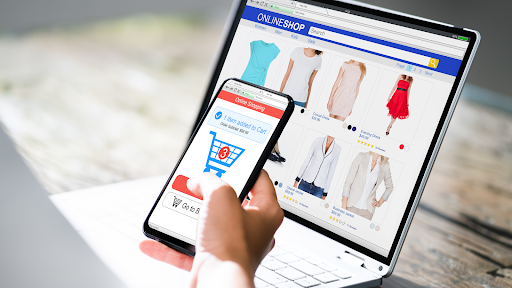Competition for e-commerce sites is steadily increasing. As a result, online retailers need to use effective techniques to convert visitors into email subscribers and then into customers.
When browsing the web these days, it is hard not to notice pop-ups being used on many websites. There are many types, from simple pop-ups that appear as soon as you open a page, to those that suddenly appear while you are reading a blog post. These are called Behavioral Popups since they occur as a result of pre-defined behaviors or triggers. An estimated 95% of web visitors leave a site without taking any action. This makes it vital for businesses to try to capture information from visitors before they leave.
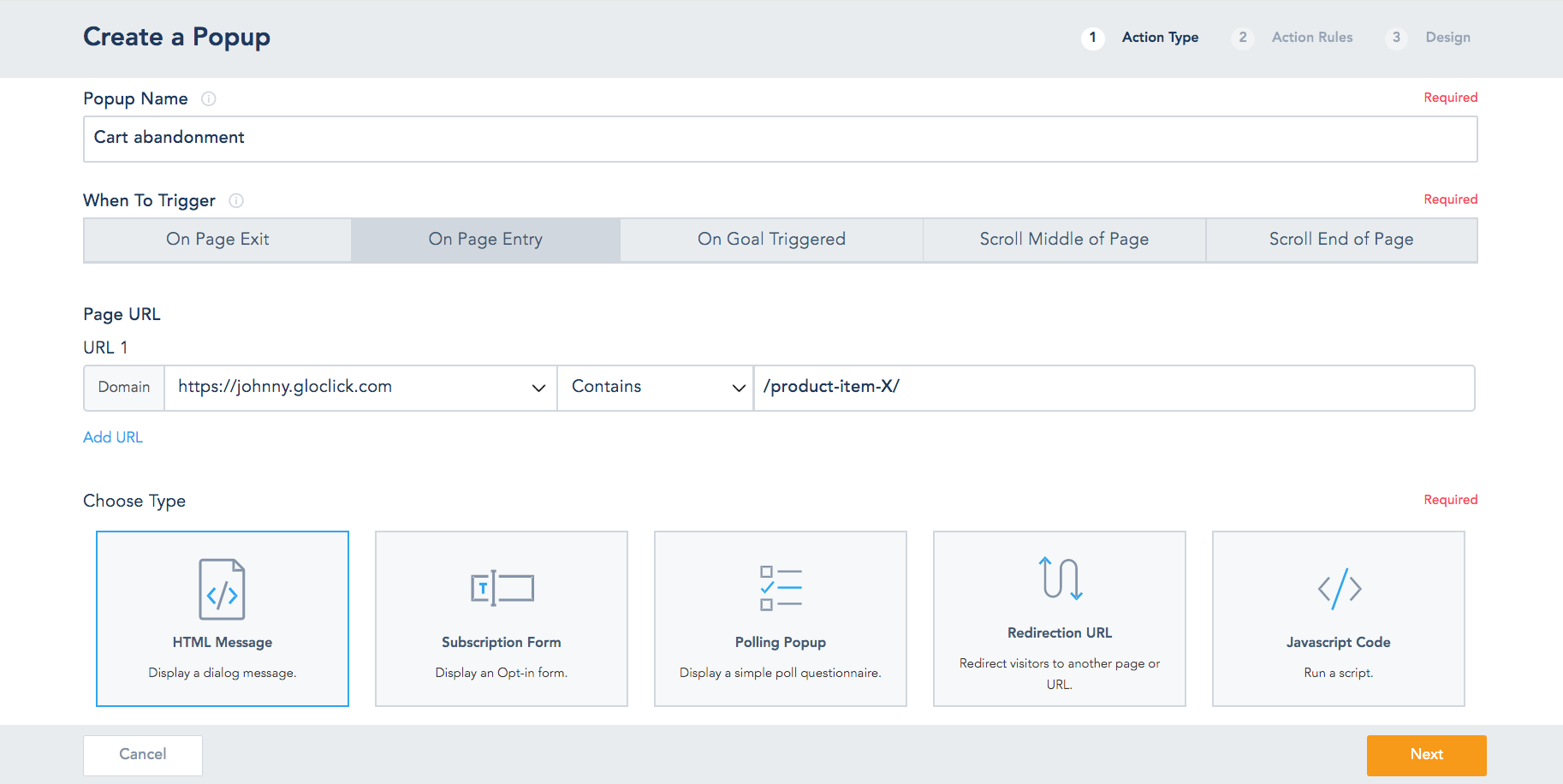
Below are seven tips on how to masterfully use smart pop-ups to increase your subscribers and conversions:
Display the pop-ups at the right time
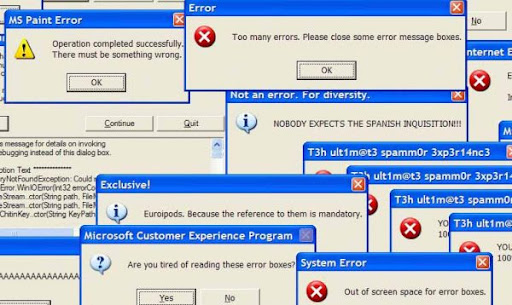
Above is an example of a pop-up fiesta gone wrong. There is no faster way to lose credibility and annoy visitors than with excessive, ill-timed pop-ups. Instead, configure your pop-ups to trigger individually, and at the right moments. For example, ask people for their email address after they read your blog post, not before. This gives them a chance to see if they like your content before handing over their details. In this example, it is best to trigger the pop-up when a user tries to close the browser window. If you have a pricing page, it is best to trigger a pop-up after someone stays on the page for more than 3 minutes. The content that appears could offer a promotional code that expires by the end of the day to create a sense of urgency among the potential customer.
Use filters to target the right audience
Personalize pop-ups with filters for different audiences. One way to segment is to filter according to how they reach your website. For example, you can create one for traffic coming from PPC ad campaigns and you can have a slightly different one that appears to visitors coming from email campaigns. Most engines use cookies to separate subscribers from anonymous visitors to your website. Here are a few filters available with our tools that can help you personalize content for different audiences.
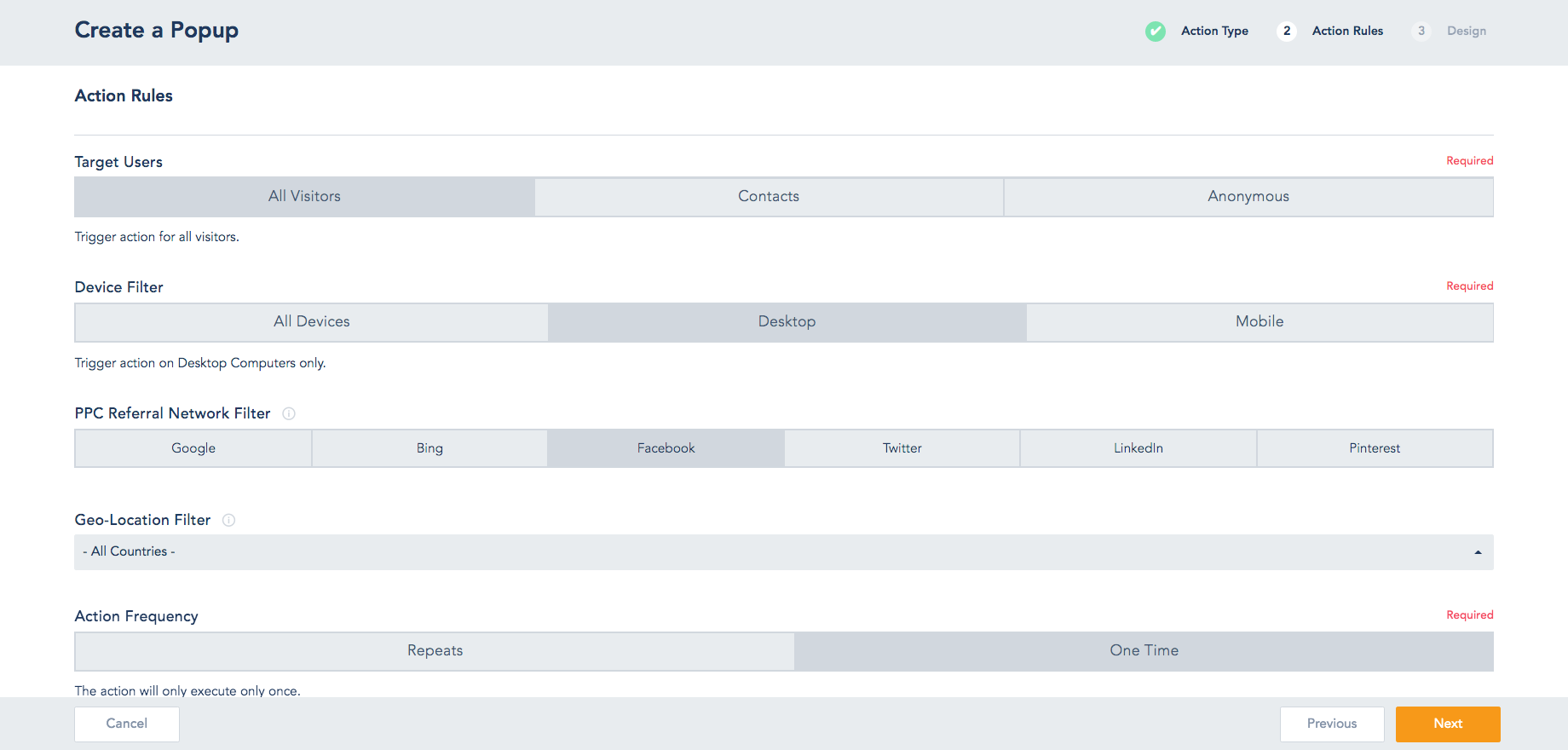
Create appealing and transparent messages
Make sure your subscribers know what they are signing up for when they provide their email address. A message simply stating “sign up” is not clear enough. Try choosing a creative tagline to make it appealing, before clarifying in a few words what they will receive. This creates interest and trust and will increase your subscriber rates. Here are a few messages that got my attention:
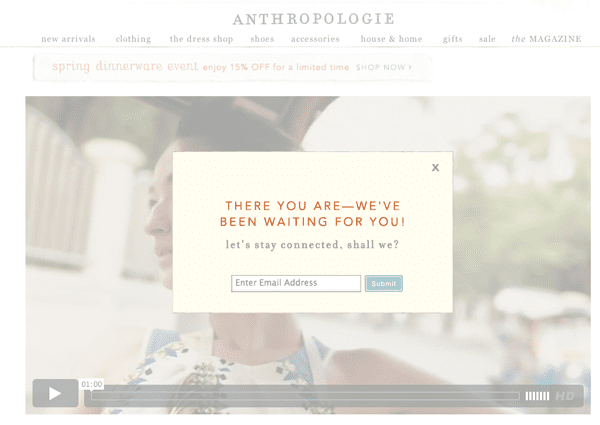
This is an offer pop-up that appears while a user is browsing the products page. When a visitor provides an email address, they receive a coupon code automatically.
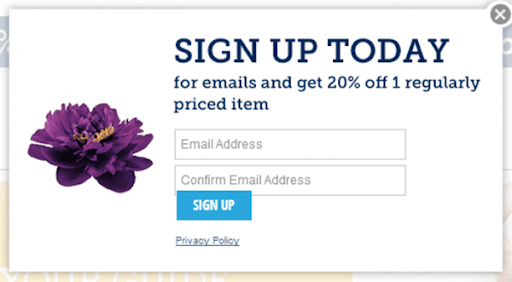
Don’t use your pop-ups too frequently
Do not overuse pop-ups or visitors will quickly get annoyed and could come away with a negative impression of your product or service. Always remember, when someone first visits your site, they are either shopping around or wanting to learn something new. Pop-ups can feel like pressure selling, so use them sparingly.
Split test your popups
Testing greatly increases your marketing success. The best practice is to create two or more versions of the same pop-up, run them at different times, then observe which one performs better. Your pop-ups can have different headlines or call to actions text. To measure results accurately, only change one item at a time during your testing so you know which element is making a difference.
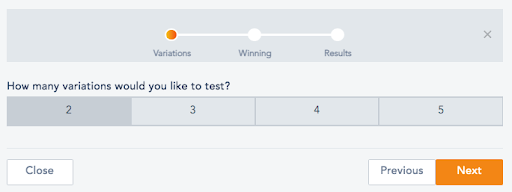
Don’t ask for too much information
As with forms in landing pages, showing long-form popups that ask for too much information may cause your leads to leave without signing up. Ask only for basic information initially such as their name and email address and then try to collect the secondary information through progressive profiling.
For example, at a later stage, you may send an email to your contacts, redirecting them to a webinar landing page that asks them to fill out information like company size, revenue, etc. Keep it simple in the beginning for the best results.
Evaluate the performance of your popups
If you are not getting enough subscribers or the results you expected with your pop-ups, even after split testing, there could be two reasons: 1) You do not have enough traffic to your pages, 2) Your pop-up is not executing properly and you might need to test it thoroughly. Check your analytics data to confirm if your pop-up to visitor ratio seems accurate.
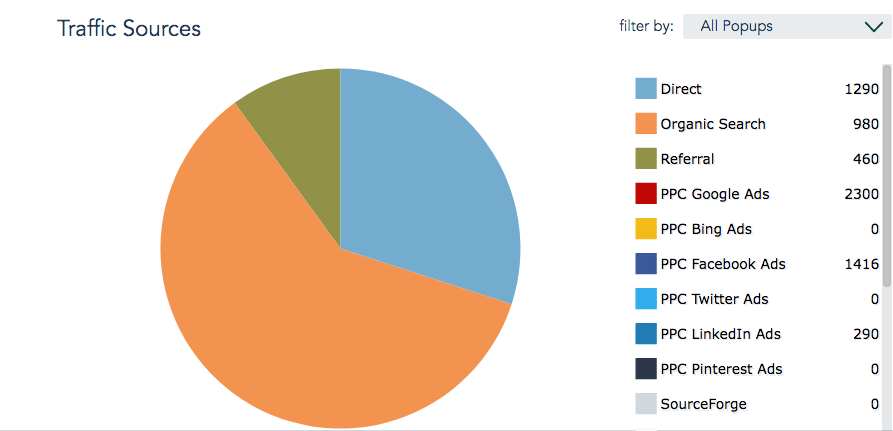
Now that you have more subscribers, how do you increase conversions?
Getting more subscribers with smart pop-ups is at the top of the sales funnel. At this stage, you need to nurture your leads with regular contact to engage them. However, your contact should not be too excessive. You should send a series of 5 to 6 emails, at timed intervals to your subscribers. These are called drip email campaigns and they can be successfully set up and executed using email automation. Automation means that you can schedule the messages and their content in advance to ensure nothing is missed. Studies have shown that a 4-1-1 strategy (4 informational emails, 1 soft sell, 1 hard sell) is a proven method to convert subscribers into sales over time. Automation also helps ensure your emails are properly timed, personalized, and simple.
Takeaways
- Behavioral or “smart” pop-ups can be highly effective for increasing your subscribers.
- Make sure you execute your pop-ups at the right time and to the right audience. Do not overuse them.
- Choose compelling messages and get creative with your offers.
- Always measure and test different variations of your pop-ups to get the best results.
- Try not to display long-form popups as they may be unappealing and discourage your leads from opting in.
- Attach your pop-up to a drip campaign to leverage the power of automation and convert your leads into sales.
Don’t forget to share this article

